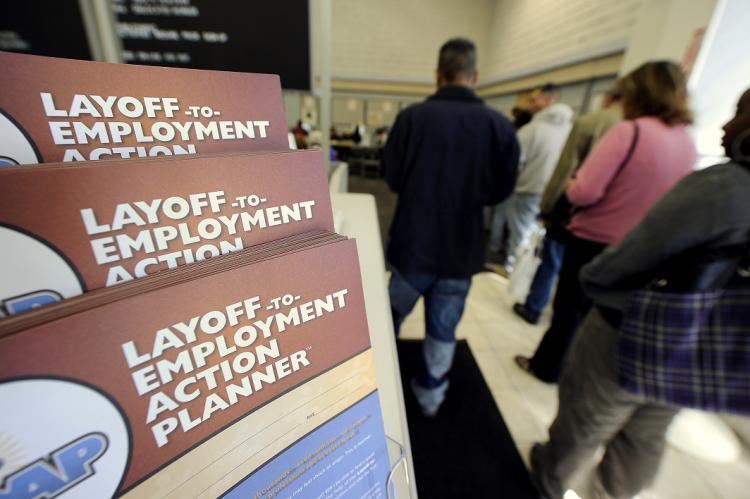News Analysis
The latest unemployment data and non-farm payrolls numbers show that so-called red states are in better shape than blue states.

The latest unemployment data and non-farm payrolls numbers show that so-called red states are in better shape than blue states.